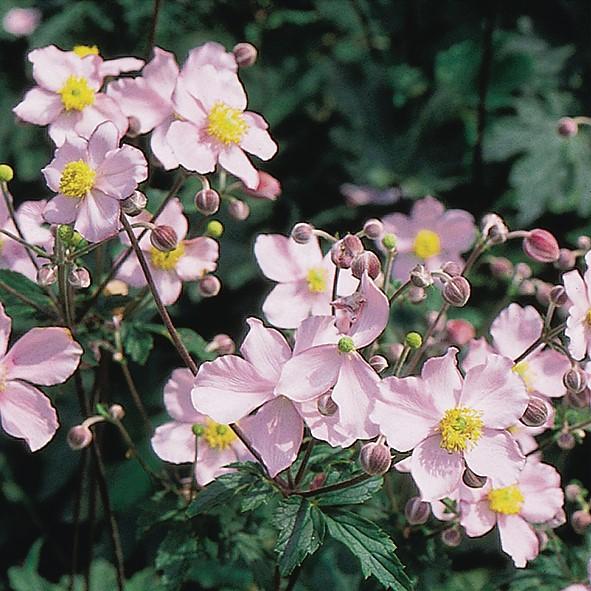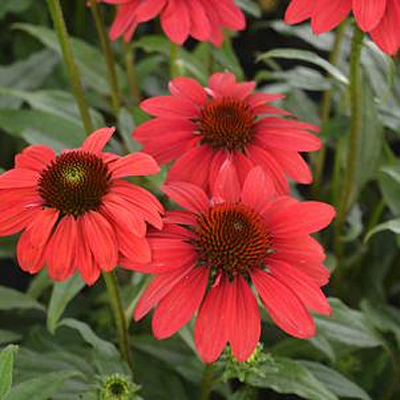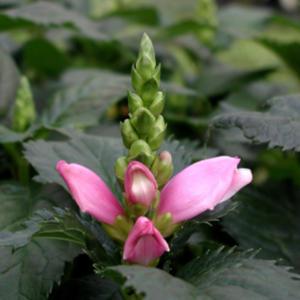Description
 Leucanthemum × superbum ‘Becky’
Leucanthemum × superbum ‘Becky’
Shasta Daisy
USDA Zone: 4-9
(Formerly Chrysanthemum maximum) No sunny border would seem complete without the familiar presence of Shasta Daisies. This is a very tall selection that exhibits excellent tolerance to summer heat and humidity. Flowers are large single white daisies with a yellow eye, valued in the garden and excellent for cutting. Divide plants every 2 to 3 years to maintain vigor. Removing faded flowers regularly will greatly increase the blooming time. May require staking if grown in rich soil. Attractive to butterflies.
Sun Exposure Full Sun or Partial Shade
Soil Type Normal or Sandy or Clay
Soil pH Neutral or Alkaline or Acid
Soil Moisture Average or Dry
Care Level Easy Yellow
Flower Color White
Blooming Time Early Summer Mid-Summer Late Summer Early Fall
Foliage Color Deep Green
Plant Uses & Characteristics
Accent: Good Texture/Form Attracts Butterflies
Attracts Hummingbirds Border
Cut Flower Deer Resistant
Rabbit Resistant Massed
Flower Head Size Large
Height 35-41 inches
Spread 18-23 inches
Foot Traffic None
Growth Rate Medium



Reviews
There are no reviews yet.